Titiaan (Tiziano Gregorio Vecello)
490, Pieve di Cadore – 27 August 1576, Venice, Italy
When the Black Plague was raging in Venice, Titian was working in Padua on frescoes for the Scuola del Santo depicting the life of Saint Anthony. Titian, one of the most important masters of the Italian Renaissance and a pupil of Bellini, collaborated with Giorgione. This early work was originally attributed to Giorgione, but is now considered to be a piece that Titian painted shortly before Giorgione’s death.
♦ The Virgin Mary, Saint Anthony, and Saint Roch (1510) ♦
♦ Diagnosis:
Main symptoms: Bubonic swelling in the right groin
Associated features: Young man in travelling attire
Clinical diagnosis: Bubonic plague
In almost all churches in Europe, images of Saint Roch are venerated. The patron saint of the Black Death, he cared for plague sufferers and became infected himself. A miracle saved him: an angel descended from heaven to care for him, and a dog from a nearby castle brought him bread.
♦ Definition: Bubonic plague
An infectious disease, endemic in East Asia. In earlier times it also appeared epidemically in Europe and Asia Minor. It is an acute, feverish illness characterized by inflammation of the lymphatic vessels, which form buboes. The disease is also accompanied by primary or secondary pneumonia, pinpoint (petechial) or diffuse bleeding, and a high mortality rate. It is caused by Pasteurella pestis. Bubonic plague is primarily a disease of rodents, transmitted to humans by fleas.
♦ Discussion:
The “Black Death” was the epidemic that decimated European nations in the 14th century and was named for the numerous hemorrhages it caused.
The “Bubonic Plague” is the common manifestation of the plague. It is characterized by the formation of buboes in the groin and armpits and was formerly present in many regions of the world.
The Black Death came from the East. It is believed that the first Europeans were infected by Italian merchants who had traded in Central Asia and fled from the Tartars to Kaffa (now Feodosiya) in Crimea, where the Genoese trading post was located at the time. Kaffa was occupied by the Tartars for three years until the plague broke out among them. They catapulted the corpses over the city walls and disappeared. The Italians who survived returned by ship, seemingly healthy, but in fact carrying the deadly plague, which broke out immediately upon their arrival in Genoa. From there, the disease spread throughout Italy and Europe. The terror caused by the recurring plague among a superstitious population, unaware of the true origin of the disease, was immortalized in a number of paintings.
The second painting (Pieter van Laer, Flagellants, 1653) depicts a group of barefoot flagellants who wandered around whipping themselves to purify themselves, convinced that the Black Death was God’s punishment for their sins.
That the Black Death need not be feared too greatly is shown in a “political” painting by Antoine Jean Gros (1771–1835), depicting Napoleon touching the festering armpit bubo of a soldier suffering from the plague in Jaffa.
This painting had a political purpose, as Napoleon faced harsh criticism in France when too many soldiers died of the plague during the campaign in the Middle East.
With this painting, Napoleon wanted to convey to the public that the bubonic plague was not as contagious as feared.
Due to the regularly recurring epidemics during the Middle Ages—some of which were extremely aggressive and killed many people within a few days—special hospitals for plague sufferers were established. Jacob Jordaens painted The Hospital Nurses in the Saint Elizabeth Hospital in Antwerp. In this painting, numerous plague victims with buboes as signs of the disease can be seen, along with dying young people, patients in panic, and others pleading for help.
Source: Jan Dequeker
♦♦♦ Yersina pestis
The plague is primarily a disease of rats and other rodents. The plague bacilli are transmitted from animal to animal and from animal to human by the flea Xenopsylla cheopis.
A flea bite can contain up to 25,000 bacteria.
Sometimes the mortality rate among rodents is so high that the fleas seek out humans, who then become infected and develop bubonic plague.
Pathogenicity:
The plague occurs in three forms: bubonic plague, pneumonic plague, and septicemic plague.
Bubonic plague:
Na de besmette beet worden de bacteriën naar de lymfklieren in de omgeving van de vlooienbeet vervoerd, waar ze vergroting van de lymfklieren veroorzaken. Grote aantallen bacteriën komen dan vrij in de bloedbaan en bereiken via het bloed, alle delen van het lichaam. Soms ziet men onderhuidse bloedingen. Vandaar waarschijnlijk e naam “zwarte dood” waarmee in de Middeleeuwen builenpest werd aangeduid.
Pneumonic plague:
After the infected bite, the bacteria are carried to the lymph nodes near the flea bite, where they cause swelling of the lymph nodes. Large numbers of bacteria are then released into the bloodstream and spread to all parts of the body. Sometimes subcutaneous bleeding can be observed. This is likely the origin of the name “Black Death,” which was used in the Middle Ages to refer to bubonic plague.
Septicemic plague:
Septicemia is a form that progresses rapidly and is often fatal, causing bleeding in multiple organs.
Bubonic plague
References
Jan Dequeker
The artist and the doctor
ErasmusMC_MMIZ_Rotterdam
Photoos
Wikipedia
wikimedia.org
Wikimedia Commons
.jpg)
Art lijst
Schilderijen
- Bosch, Hieronymus – The Peddler
- Bosch, Hieronymus_The Haywain triptych
- Botticelli, Sandro_Primavera / Spring
- Brueghel the Elder, Pieter – The Tower of Babel
- Campin, Robert — Mérode Triptych
- Courbet, Gustave_The painters Studio
- Dali, Salvadore_Verzoeking van de heilige Antonius
- Dou, Gerard_de Kwakzalver
- Eyck van Barthélemy_Stilleven met boeken
- Fra Angelico_Annunciatie
- Géricault, Théodore_Vlot van Medusa
- Magritte, Rene_Verboden af te beelden
- Matsys, Quinten_De geldwisselaar en zijn vrouw
- Memling, Hans_Twee paarden in een landschap
- Onbekend-16e eeuw_4 gedaantes van een arts
- Picasso, Pablo_Guernica
- Rembrandt_Abraham en de drie engelen
- Rembrandt_Elsje Christiaens
- Velazquez, Diego_Las Meninas
Schilderijen en de dokter
- Agenesia Sacrale (a rare congenital disorder in which the fetal development of the lower spine)
- Alopecia areata (hair loss)
- Arthrogryposis congenita (birth defect, joints contracted)
- Artritis psoriatica (inflammatory disease of the joint)
- Artritis reumatoïde
- Breast development (delayed)
- Bubonic plague
- Difterie (kroep)
- Gigantisme & Acromegalie
- Hazenlip (cheiloschisis) / gespleten gehemelte
- Herpes zoster (gordelroos)
- Hongeroedeem
- Influenza Epidemic of 1858
- Keisnijding
- Krankzinnigheid - Malle Babbe (1640)
- Kropgezwel (struma)
- Lepra
- Liefdesziek, zwangerschap
- Lymfkliergezwel (lymfoom), non-Hodgekin
- Manische Depressie Psychose
- Mazelen? / Rubeola? (acute virale infectie)
- Melanoom of naevus (geboortevlek)
- Membraneuze glomerulonefritis
- Moord (pneumothorax, slagaderlijke bloeding)
- Neurofibromatose
- Oogoperatie
- Osteoartrose / hallux valgus
- Osteomyelitis
- Otitis media (acute middenoorontsteking)
- Parotitis (mumps)
- Platvoet en Spitsvoet
- Polio
- Prepatellaire bursitis
- Progeria
- Pseudohermafroditisme
- Pseudozwangerschap
- Psychoneurose (acute)
- Rachitische borst
- Reumatische koorts (acute)
- Rhinophyma of knobbelneus
- Rhinophyma rosacea_depressie
- Rhinoscleroma
- Schimmelziekte_Favus
- Syfilis (harde 'sjanker')
- Tandcariërs
- Tuberculose long
- Ziekte van Paget
Schilders
Historie lijst
- 1632-1723_Antonie van Leeuwenhoek
- 1749-1823_Edward Jenner
- 1818-1865_Ignaz Semmelweis
- 1822-1895_Louis Pasteur
Wetenswaardigheden lijst
- 1887 Psychiatric Hospital
- Animals on duty
- Bizarre advice for parents
- Bloodletting
- Bloodthirsty Hungarian Countess Elizabeth Báthory (1560–1614)
- Butler escaped punishment three times.
- Dance mania / Saint Vitus Dance
- Doctors’ advice did more harm than good
- French Revolution Louis XVI
- Frontal syndroom (Phineas Gage)
- Heart disease (Egyptian princess)
- IJstijd (kleine)_1300-1850
- Ivan IV de Verschrikkelijke (1530-1584)
- Kindermishandeling
- Koketteren met koningin Victoria
- Koningin door huidcrème vergiftigd
- Kraambedpsychose (Margery Kempe)
- Massacre in Beirut
- ME stonden bol van de seks
- Mummie bij de dokter
- Plee, Gemak of Kakstoel
- Prostaatkanker (mummie)
- Sexhandel in Londen
- Swaddling baby
- Syfilis was in de mode
- Testikels opofferen
- Tropische ziekten werden veroveraars fataal
- Vrouwen als beul in WOII
- Wie mooi wil zijn moet pijn lijden
- Zonnekoning woonde in een zwijnenstal

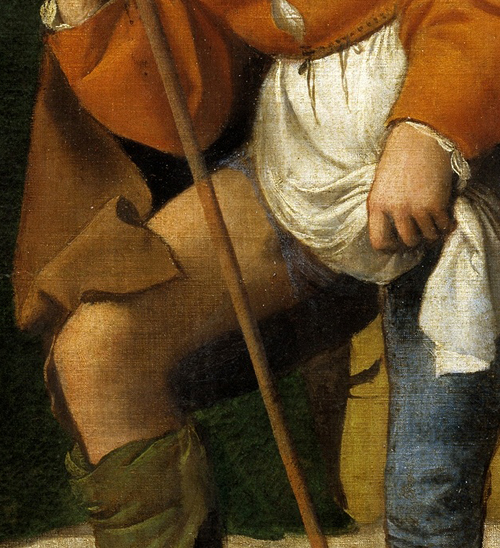
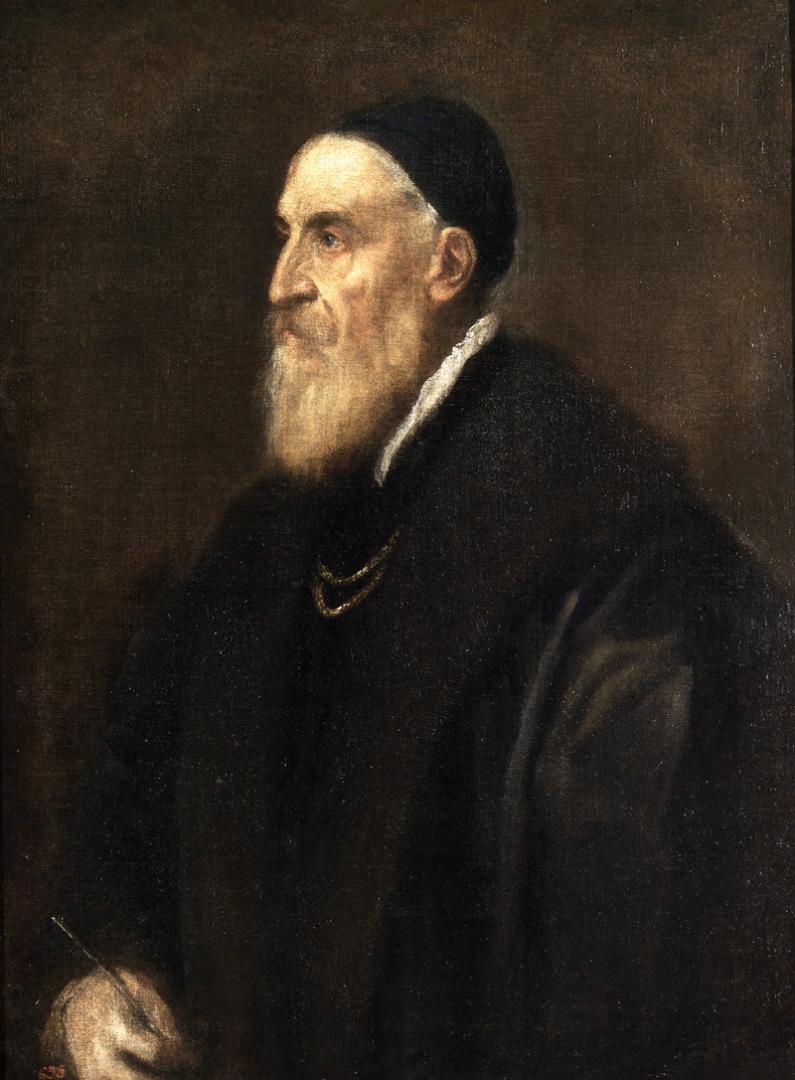
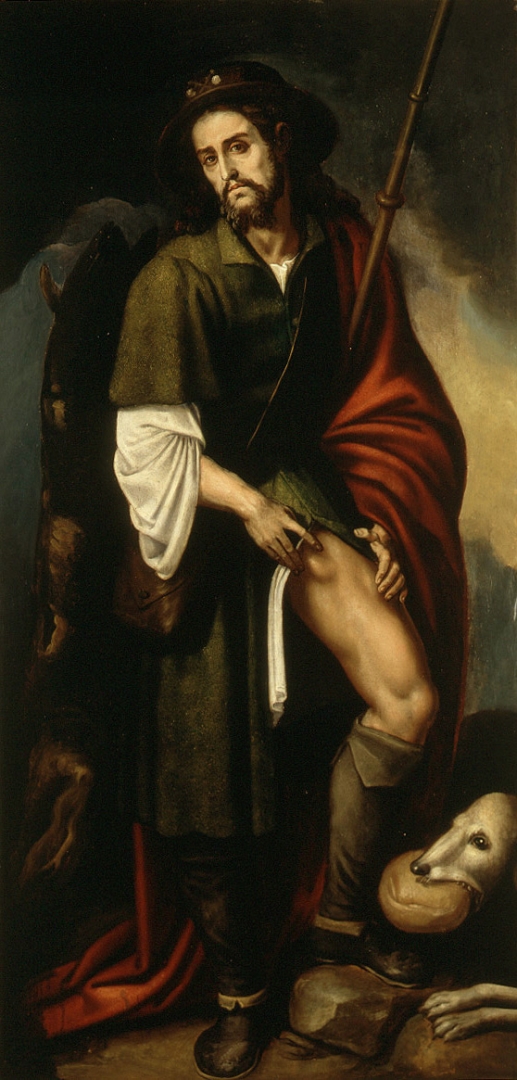
.jpg)

.jpg)
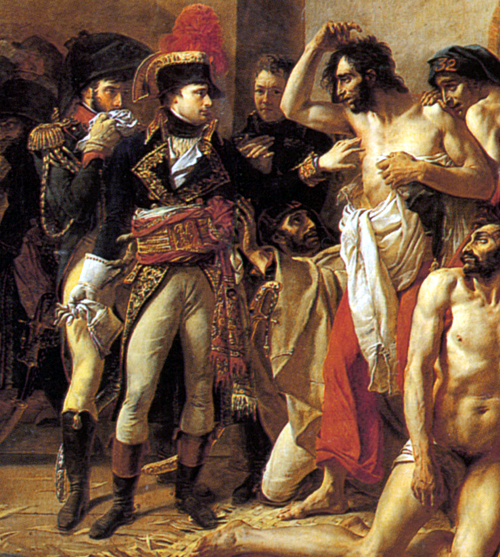
.jpg)
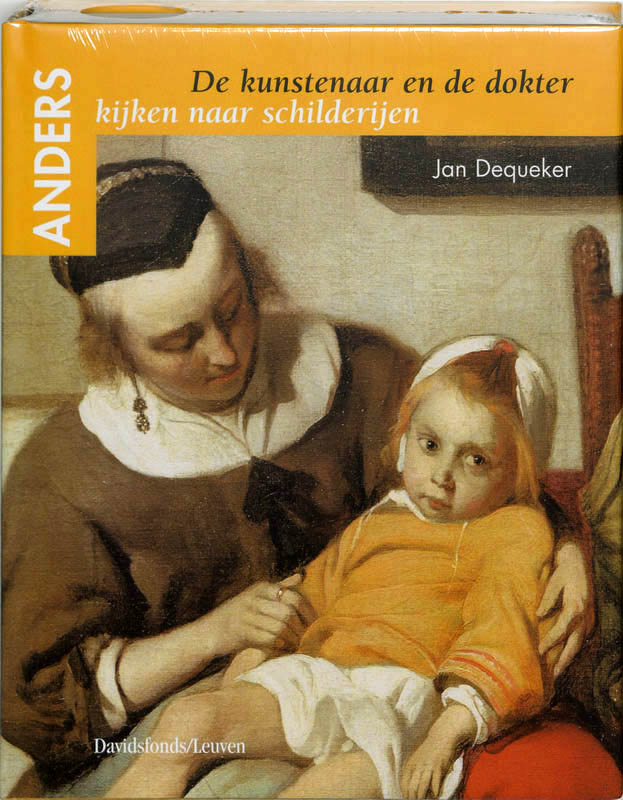

.jpg)
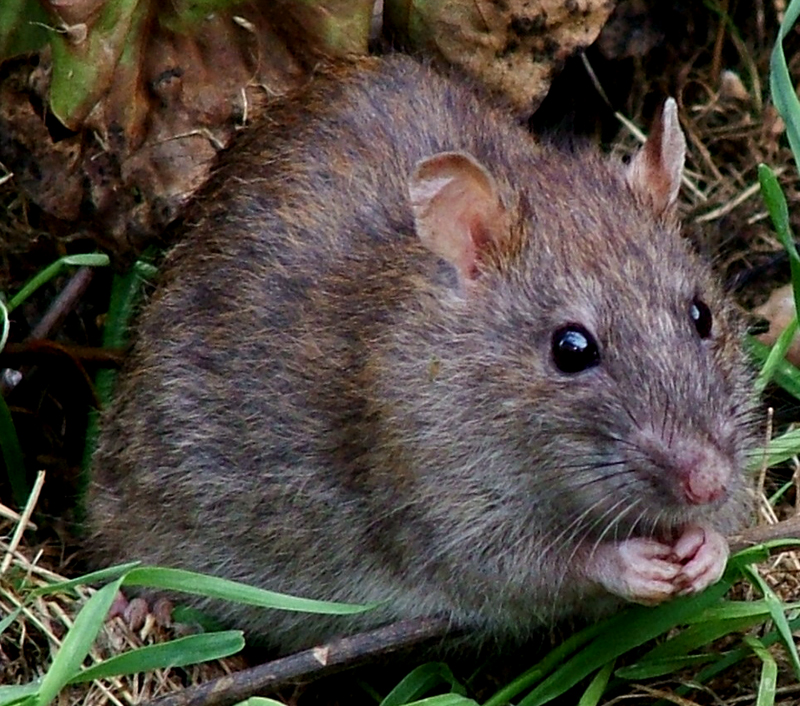

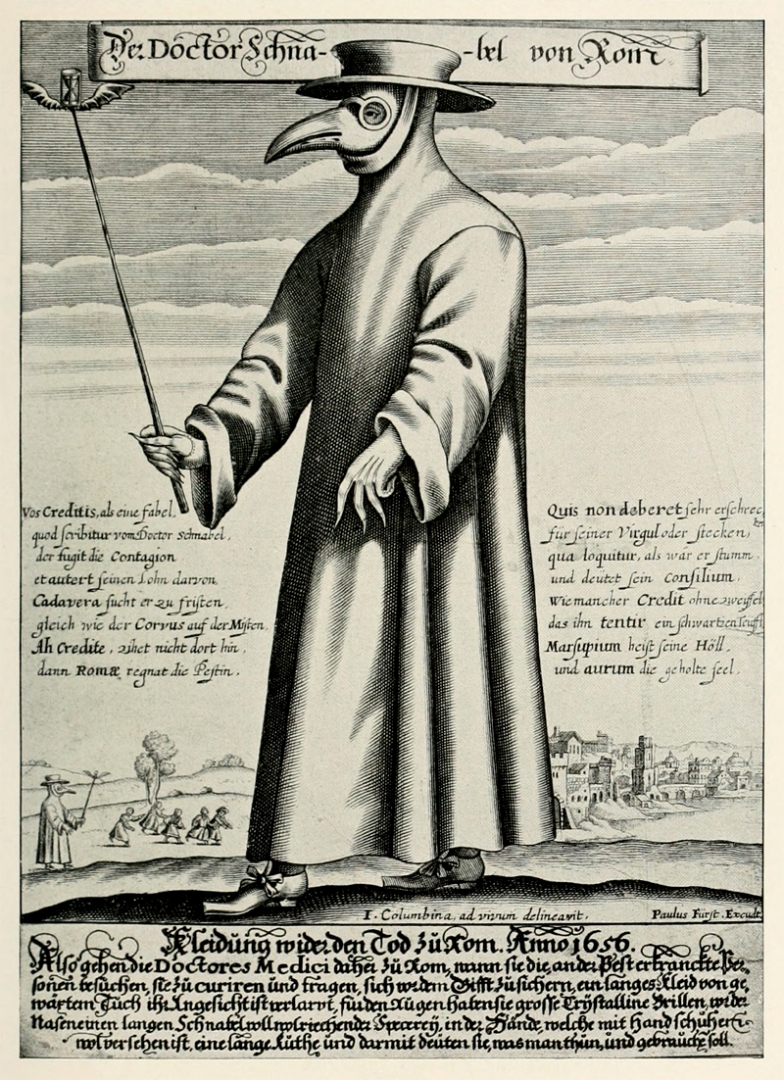
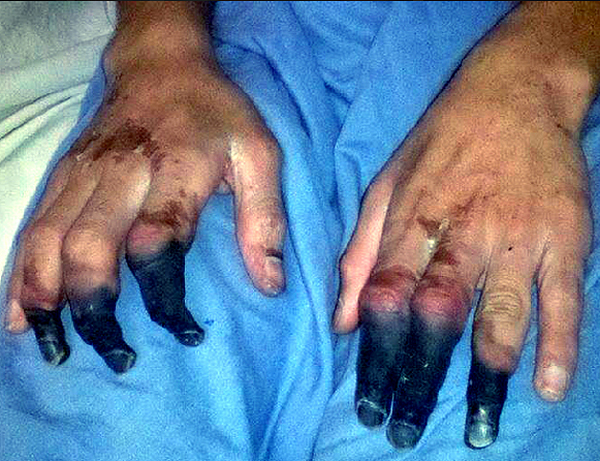
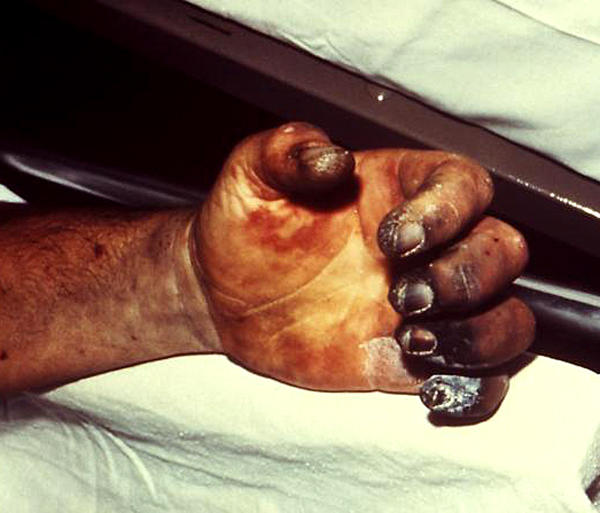
.jpg)